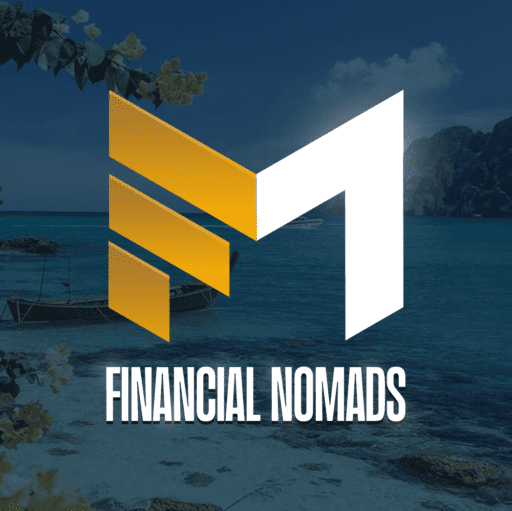11 Best Web3 Development Software Reviewed for 2023
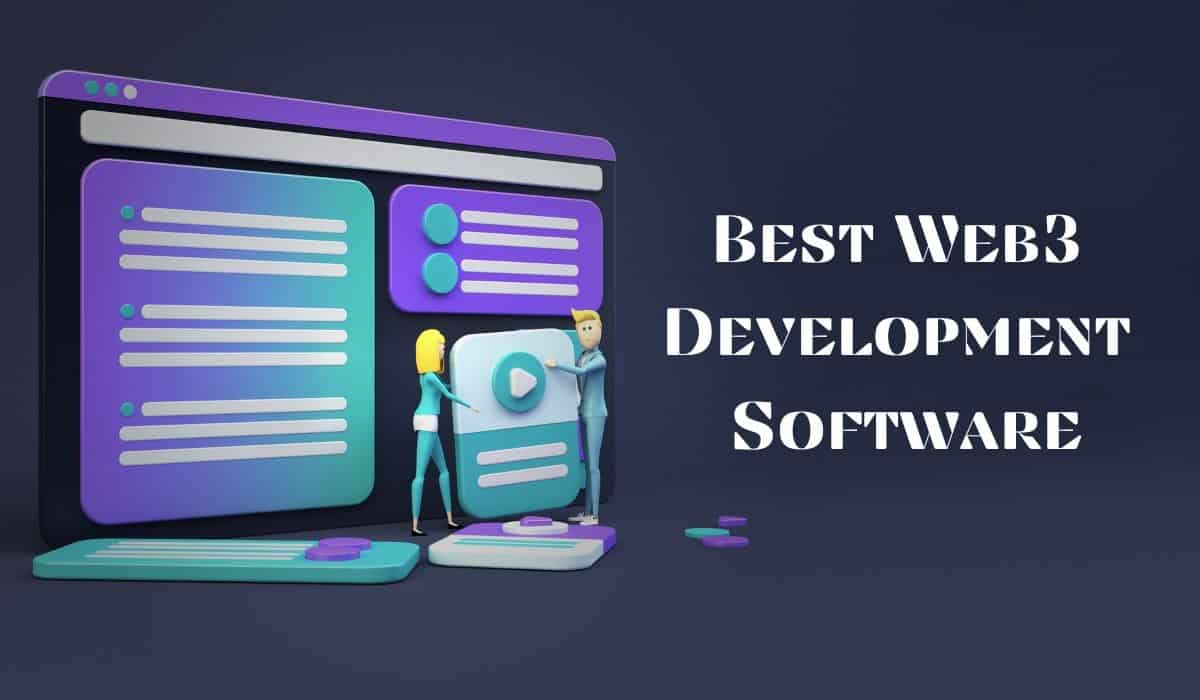
The software development industry is constantly in flux, with new technologies and approaches that are always emerging. It can make it difficult for developers to keep up with the latest trends and find the best tools for their needs.
One of the latest trends in software development is the web3 development software, which refers to the development of applications that run on the World Wide Web. This new breed of applications is based on the decentralization of the internet.
These Best Web3 development software companies promise to bring about a new era of internet applications that are more secure, efficient, and scalable than their predecessors.
However, with this new technology comes new challenges. One of the biggest challenges facing developers today is how to build decentralized apps (dApps) that can take advantage of all the features of Web 3.0.
This article will focus on the best web3 development software platforms currently available. We will also provide an overview of each platform and its key features.
What Is Web3 Developer Software?
Web3 Developer Software is software that will help you build decentralized applications (dapps) on the Ethereum and other blockchains. A dapp is a decentralized application (dapp) that runs on the Ethereum network and uses smart contracts to execute transactions.
As the number of dapps continues to grow, so does the number of developers who want to create their dapps. It means there’s a need for more developers who can build dapps without having prior knowledge of programming languages like PHP or JavaScript. It also means there’s a need for tools that make it easier for developers to create their dapps.
The goal of these platforms is to make it easier for developers to build DApps that work on any blockchain. Some examples include Ethereum, Metaverse, NEO, and BitShares. Learn more about becoming a web3 programer with one of these online schools.
Here are the Best Web3 Development Software Companies
Alchemy
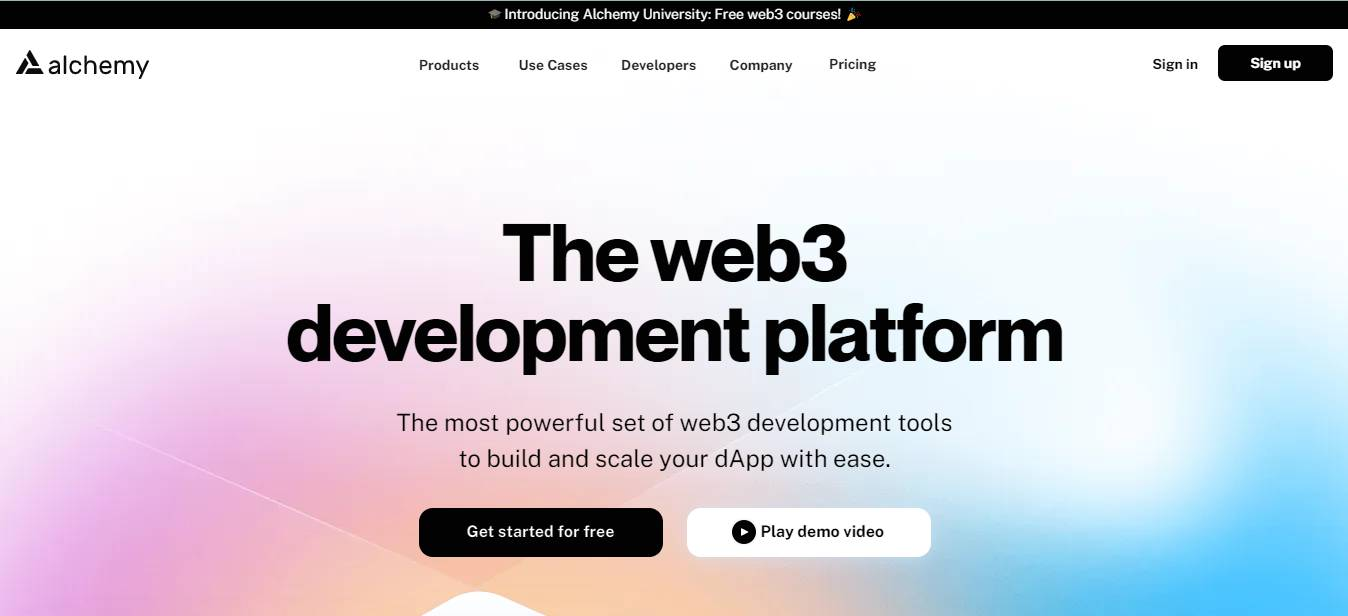
In alchemy, the matter is understood and transformed over a long history. Alchemy generally refers to a broader spectrum of phenomena related to these endeavors, including chemical processes, medicine, metallurgy, magic, and spirituality.
It is one of the largest unicorns in the blockchain infrastructure and Web3 market. The Alchemy backend offers Web3 developers and companies an easy way to integrate the Ethereum blockchain. If Alchemy is valued at 10 billion dollars in 2022, then it will be one of the most valuable companies in the world. Alchemy has dominated web3 infrastructure since 2017.
Web3 developers can query nodes on Ethereum, Polygon, etc., using their simple backend API. A solid foundation is crucial to a company’s growth, which is why Alchemy is used. In a Dapp, you must query a blockchain every time a user connects a wallet.
Alchemy provides the ability to spawn an Ethereum node and pay per usage for that node. It results in a relatively low price and a lot of value. The free tier is more than enough.
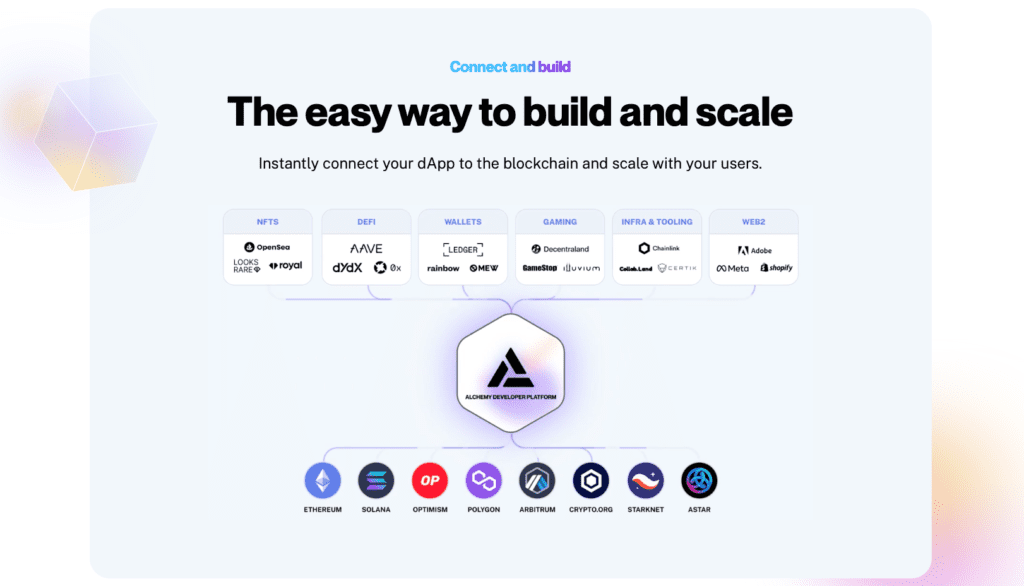
Why do we like it?
- Automatic Retries: If the call fails due to network issues or for any other reason, Alchemy will retry automatically until it succeeds. Alchemy will stop trying after a certain number of attempts has been used or if you manually opt out from retries.
- Upgraded WebSockets: They have been upgraded to ensure they work with the latest Ethereum Core and Solidity version, which will be released soon.
- Seamless provider handling: Alchemy automatically detects and establishes trust with the validator provider based on user input so that it can always use the best-performing network.
- Create unlimited tracks: Alchemy provides an unlimited number of tracks for different use cases, which means you can use Alchemy for a wide range of DApps and protocols.
- Record your voice: Alchemy’s new recording feature can now record your voice while you speak into the microphone. This way, you can easily create a track for your DApp or protocol without having to worry about the quality of the recording.
Price:
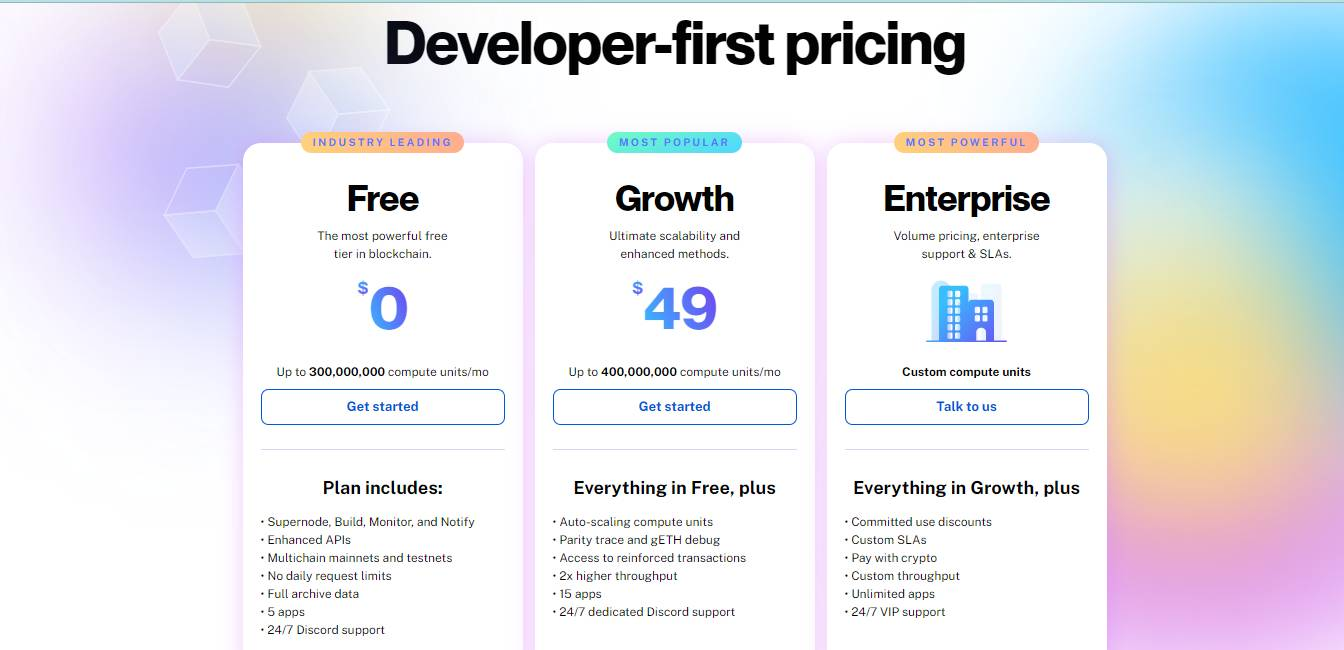
- Free : $0 per month (300,000,000 compute units)
- Growth: $49 per month (400,000,000 compute units)
- Enterprise: Custom compute units
Pros:
- Alchemy provides SDKs and APIs for all significant blockchains, including Bitcoin, Ethereum, Litecoin, Ripple, and more. It means that developers can easily integrate Alchemy into their applications regardless of which blockchain they use.
- Alchemy is highly configurable, so developers can tailor the service to their specific needs. For example, they can specify which data points they want to receive and how often they
- Alchemy has a 99.99% uptime guarantee, meaning that developers can rely on the service to be up and running when needed.
- The Alchemy SDK is easy to use, making it ideal for developers new to blockchain development.
- There is a strong developer community around Alchemy, so developers can find support and resources when needed.
Cons:
- Alchemy’s pricing is higher than some competitors, making it unaffordable for some developers.
- While Alchemy is highly configurable, it does have some limitations in terms of functionality. For example, it does not support smart contracts or decentralized applications (dApps).
Product Updates:
The Alchemy APIs are enhanced to deliver exclusive features to users.
User Experience:
The Alchemy blockchain infrastructure is simple and easy to use. Web3 developers and companies can choose from a variety of products and services offered by the company. In addition, the company provides excellent customer support. Overall, the user experience is fantastic.

Moralis

Moralis is one of the best Web3 infrastructure providers in the marketplace, providing developers with easy integration of authentication, NFTs, data on the blockchain, and smart contracts. With the platform, everyone can access all Web3 services, thus turning it into the Firebase of Web3.
Your UI must query details about this wallet when you create a new NFT mint page where users will be able to connect their Metamask wallet. Moralis helps you do precisely that. The company’s platform saves developers time and money to ship scalable and robust Dapps.
The company offers an API interface to Ethereum, tutorials for creating new projects, and a great SDK to support high-performance Dapps. They also let you launch your blockchain nodes and scale them on demand.
I love their concept and implementation. There’s a great need for companies like Moralis, which can help scale and bring Web3 to everyone. Using such companies, it’s easier to build quickly, even at home, than anything you want.

Why do we like it?
- Web3 authentication: Organisations and individuals can use Moralis to bring the power of Web3 technologies, like cryptocurrencies, smart contracts, and decentralized applications, to the average user.
- Solana and EVM API call: Moralis simplifies API calls to the Ethereum Virtual Machine (EVM) and the Solana blockchain.
- Utility and data type consistency: Moralis ensures that data types are consistent across different programming languages and platforms. It also provides utility functions to simplify everyday tasks.
- Modular package: Moralis is designed as a modular package so that organizations can use only the features they need.
- Out-of-the-box Typescript ready: Moralis is written in Typescript and comes with complete type definitions.
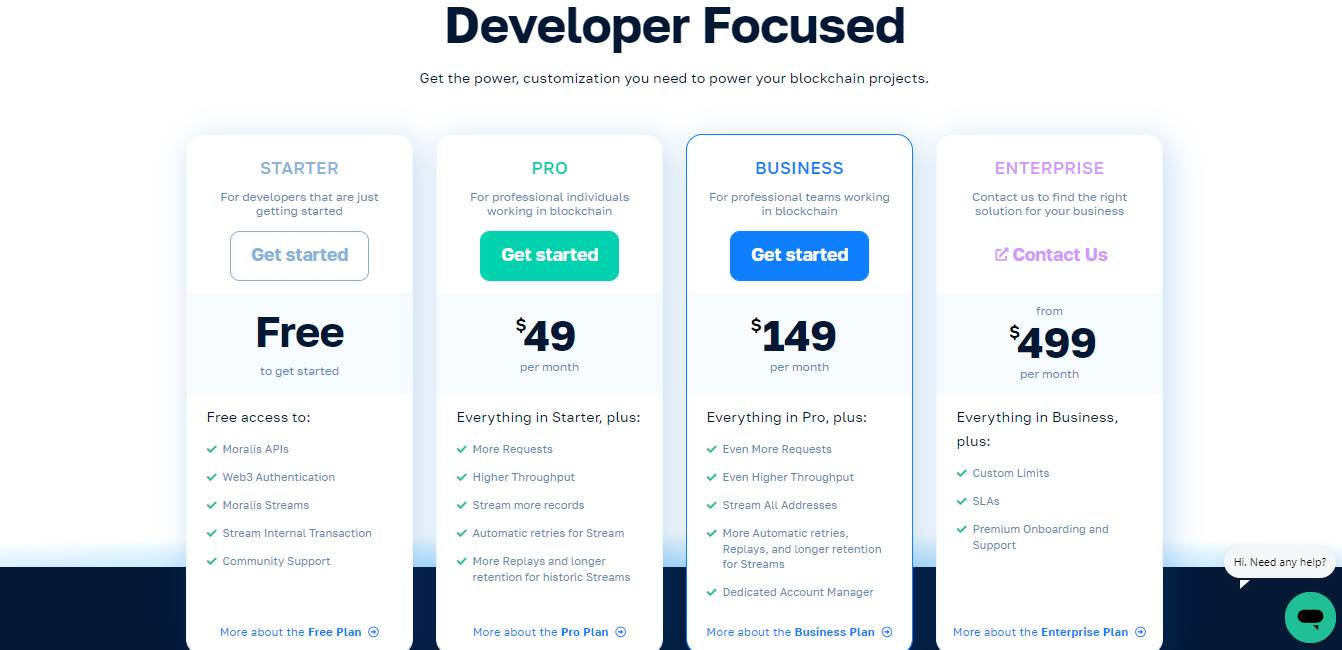
Price:
- Starter: $0
- Pro: $49 per month
- Business: $149 per month
- Enterprise: $499 per month
Pros:
- It has a clean, simple, and intuitive user interface. It has a friendly dashboard with all the vital information you need to get started. The course content is also kept up to date and updated regularly.
- The courses are kept up to date, and you can always find new and updated content. The courses are also reasonably priced, and you can get a lot of value.
- The support team is fantastic. Their customer service is excellent, and they are always willing to help. Their customer service is fantastic, and they are always ready to help. Their customer service is excellent, and they are always willing to help.
- You get many courses in one membership, and you can access all of them at any time.
- Some of the courses offered by Moralis are unique, and you cannot find them anywhere else.
Cons:
- Moralis offers limited customization options, so you may need to hire a developer to help you customize your website to match your brand.
- It doesn’t include any e-commerce features, so it’s not the best choice if you’re looking to sell products or services online.
- Moralis’s responsive design doesn’t work as well on mobile devices as on other website builders. The text and images can be difficult to read on smaller screens, and some elements are out of place.
- It doesn’t include a built-in blog, so you’ll need to create one or add a blog plugin.
Product Updates:
The company releases Moralis Nitro. They are introducing Moralis Nitro, a powerful and scalable solution built on the Moralis platform. Moralis Nitro significantly improves speed, robustness, and scalability across the board.
User Experience:
The Moralis platform is very user-friendly. The company offers a wide range of tutorials and documentation to help developers get started quickly. The platform is also very scalable, allowing developers to easily add new features and services.
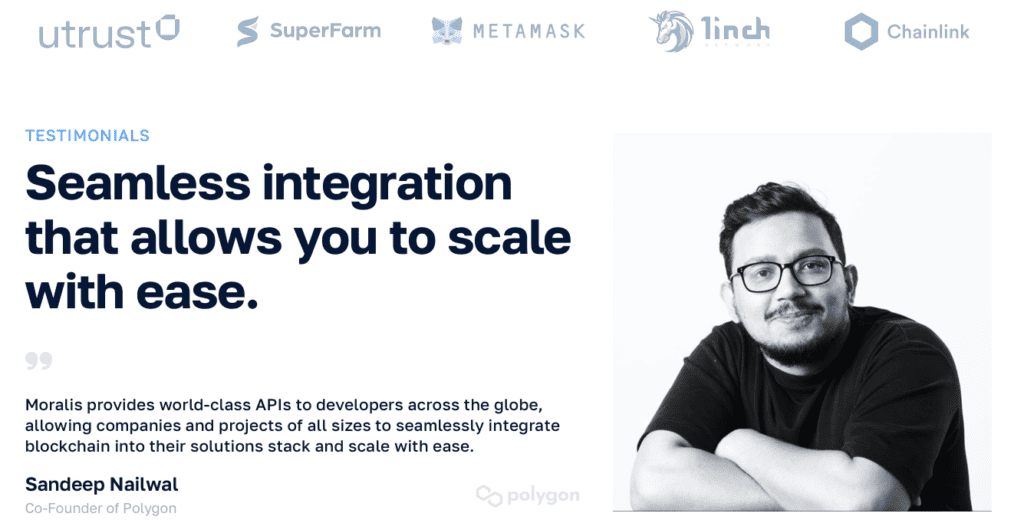
Odyssey
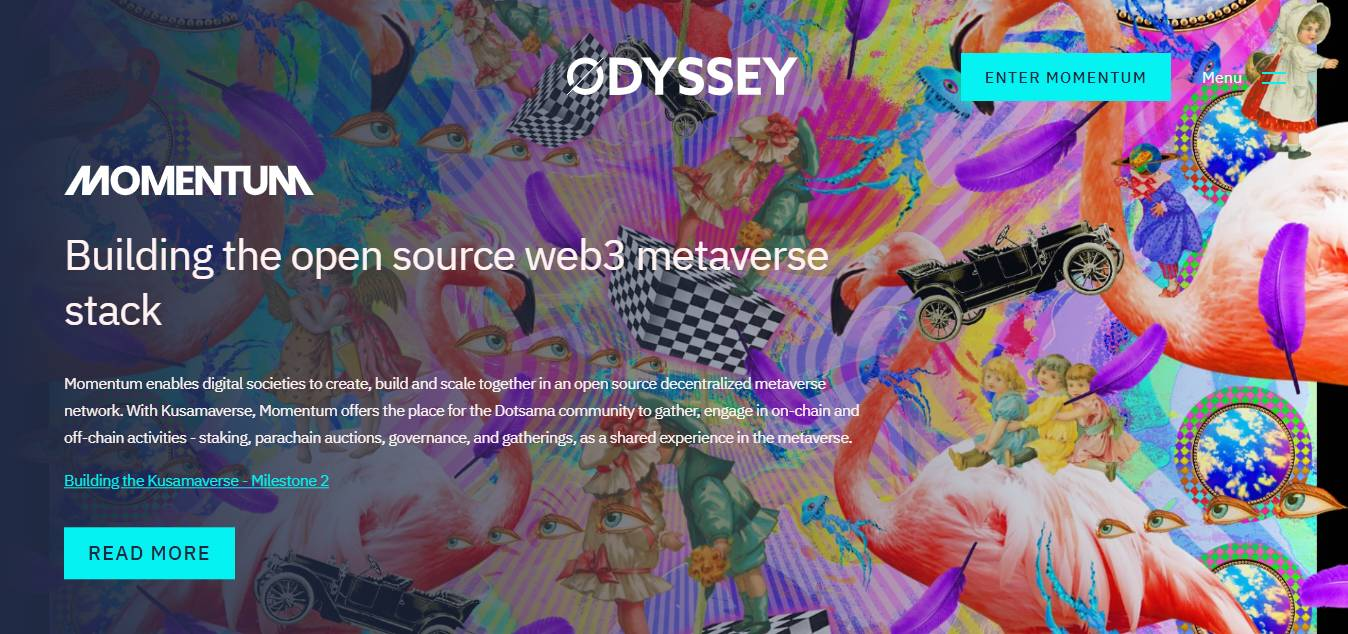
A key feature of Odyssey is Momentum, which helps you quickly turn great ideas into reality by supporting your product development ambitions. An open-source, decentralized metaverse network enables digital societies to build, scale, and create.
Using the Kusamaverse platform, Momentum offers Dotsama-related activities such as staking, para-chain auctions, events, governance, and gatherings as a metaverse-based community gathering space.
This platform is based on Kusama, and the Dotsama community can use it to create products tailored to their unique needs.
Kusama’s ecosystem can also grow due to community involvement in on-chain and off-chain activities. The Dotsama ecosystem is being constructed in real time so that community members can browse through it and find out precisely what they need. It is an excellent way for these users to interact creatively and proactively with the community.
The Odyssey financial management system allows administrators to assess account transactions, reconcile bank accounts, track economic activities through audit trails, and print individual or batch disbursements.
The system provides jurors with seating charts, notification of upcoming events, and check-in capabilities. Furthermore, it offers access to court records online and allows professionals to schedule new hearings via an online dashboard.
Why do we like it?
- Token-gated access ensures that only those with the required tokens will be allowed access to the community and the ability to contribute.
- Real-time interactions: In Stage mode, community members may interact in real-time, similar to Twitter spaces.
- Projects Collaboration: Collab tools make it easy for members to collaborate on projects.
- Screen sharing: Community members can share their screens with you using screen share.
- Easily Track events: World and Space has a calendar that allows members to track community events.

Pros:
- The ability to build and scale digital societies together in a collaborative environment.
- Platform with open source and decentralized management.
- An excellent way for users to interact with the community regularly.
- A community actively engaged in both on-chain and off-chain activities will result in a successful project.
- This site is constantly updated in real-time.
Cons:
- A limited number of activities are available on the platform.
- Notifications for new activities can be overwhelming.
- Some activities require a significant amount of time to complete
Product Updates:
Continual development of Momentum to enhance its capabilities.
User Experience:
The user experience of Odyssey is fantastic. The interface is easy to use. The main focus is on the activities in the Kusamaverse, and the interface provides a way to find and participate in those activities easily. In addition, the interface is designed to be highly customizable so that users can tailor their experience to their own needs. Overall, the experience of using Odyssey is fantastic.
Infura
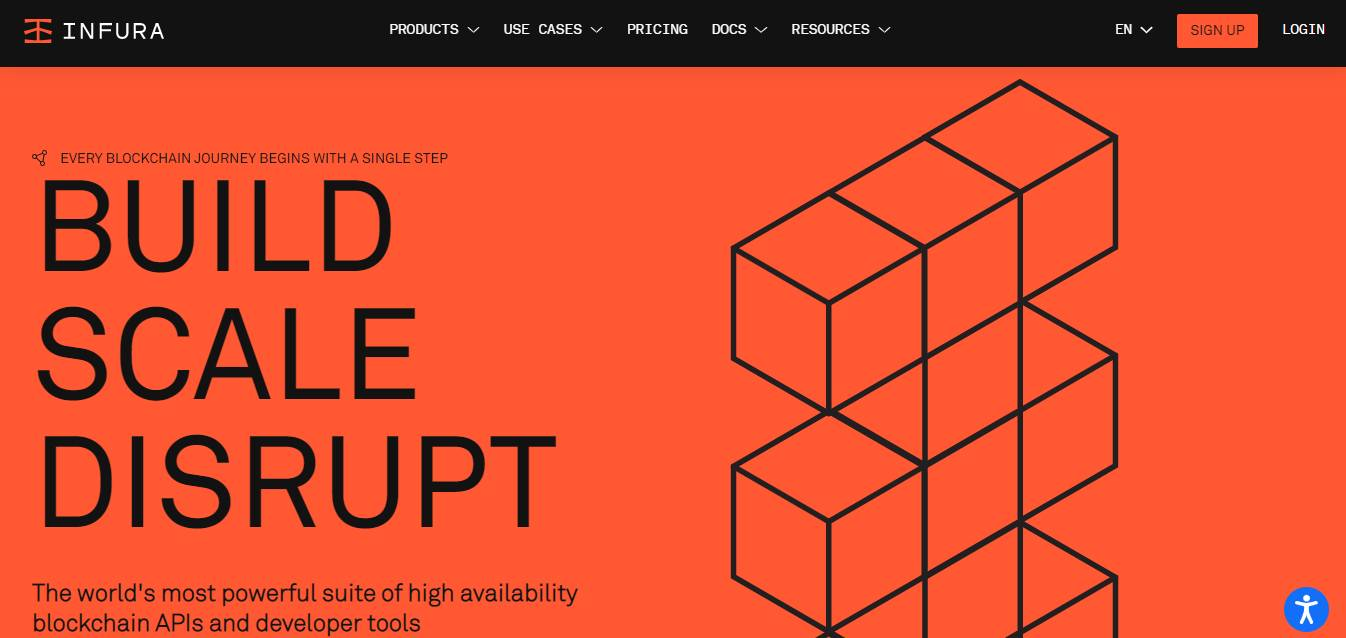
Infura provides web3 infrastructure, like Alchemy. These APIs form the backbone of Ethereum Dapps since Ethereum APIs and IPFS APIs are of the highest quality. The Web3 ecosystem is well known for the contributions made by Infura.
It is one of the most potent blockchain development tools in the world. The project’s main objective is to make Ethereum and its opportunities accessible to all.
Building a DAO, a decentralized exchange, or an NFT platform, you can rely on Infura for essential infrastructure and scaling solutions. Web3’s most popular decentralized wallet, MetaMask, integrates seamlessly into Infura’s developer ecosystem.
The Infura API suite uses HTTPS and WebSockets to access the Ethereum network securely. Their response times are up to 20 times faster than those of other companies or self-hosted solutions. They guide you if your project grows and exceeds your daily requests.
A beneficial feature of their dashboard service is the ability to see how your app is performing and how APIs are used.
It enhances your app based on these findings and develops a deeper understanding of your consumers. Additionally, they provide technical tutorials, how-to guides, and developer documentation in their dashboard to assist you with developing W3-based applications.
Why do we like it?
- Support for IPFS gateways: Infura Gateways provides an easy-to-use API for developers to access the IPFS network without running their own IPFS node.
- Used for developing and deploying apps: You can use Infura to develop and deploy your decentralized applications on the Ethereum network without running a full Ethereum node, which can be expensive and time-consuming.
- Secure way: Infura offers a secure way to access the Ethereum network via HTTPS and WebSockets.
- Scalability solutions: Infura provides several solutions to help developers scale their applications, including our Infura Cloud service and Infurastaking program.
- MetaMask integration: Infura’s MetaMask integration allows users to access the IPFS network through the MetaMask browser extension.
- Developer tools: Infura provides a suite of tools to help developers build applications on the Ethereum and IPFS networks, including our Infura Studio and Infura Explorer.
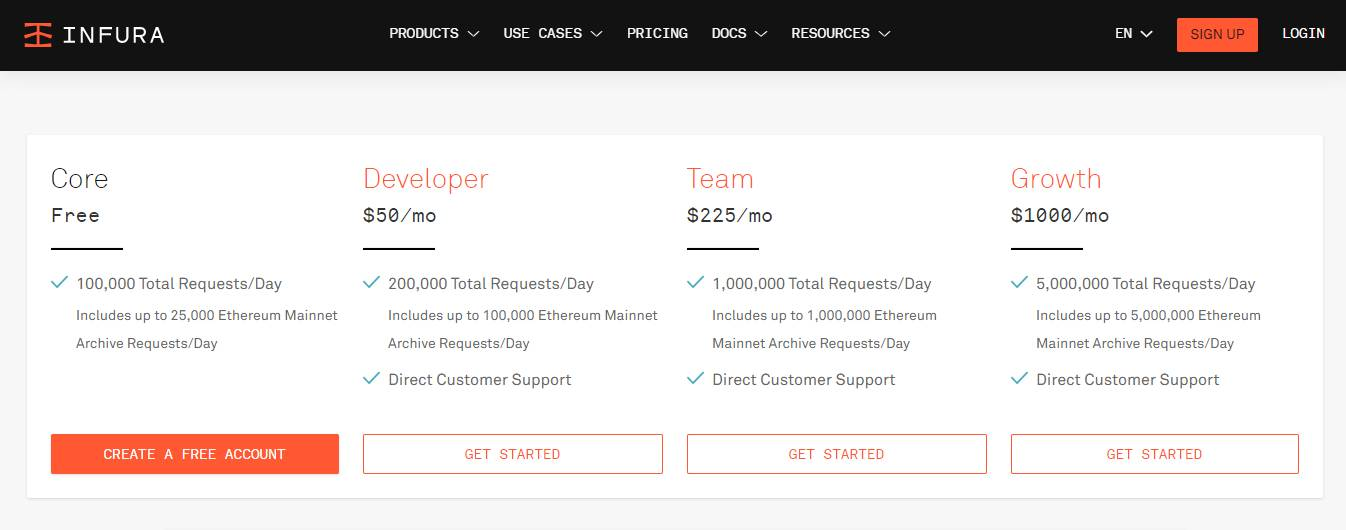
Price:
- Core Free: $0
- Developer: $50 per month
- Team: $225 per month
- Growth: $1000 per month
Pros:
- Ethereum blockchain access is becoming much faster.
- Nodes make infrastructure hassle-free for developers.
- Blockchains can store only hashes instead of all the data in a chain.
Cons:
- Ethereum is an expensive way to store data.
- The Ethereum blockchain can be challenging to connect on your own.
- It takes a long time for blockchains to be synchronized.
- Ethereum’s blockchain occupies a considerable amount of space.
Product Updates:
Infura will keep its more centralized solution, which uses ConsenSys and Amazon hosting.
User Experience:
The user experience of Infura is fantastic. The documentation is comprehensive, and the support team quickly responds to any questions or concerns. The web3 infrastructure they provide is extremely reliable and easy to use. I have never had any problems with their service, and I would highly recommend them to anyone looking for a blockchain development tool.
Ceramic
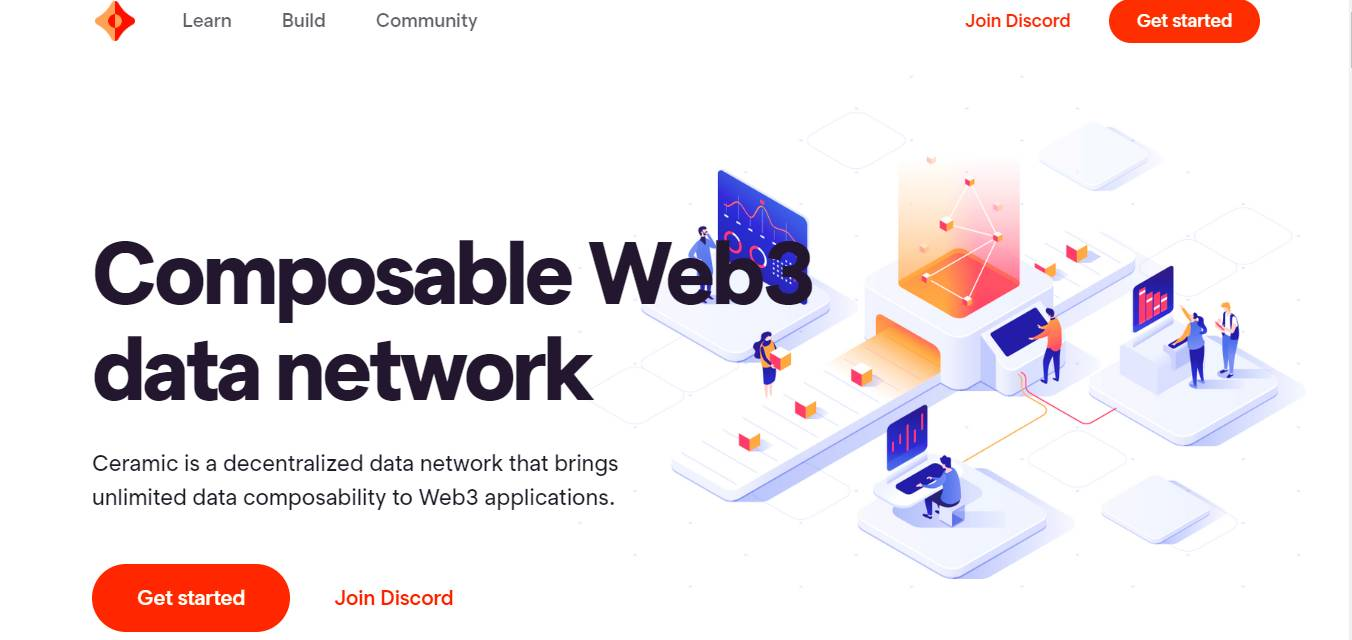
It plays a crucial role in restoring open data and decentralized identity to the web through its foundation of an interoperable web. With a Ceramic network, you do not need to rely on a third-party service for cross-platform interoperability or multi-party consumption.
Data on the network is universally understandable since application databases are decentralized. Additionally, with cross-chain identities, the information can be shared and discovered across applications since it is managed directly.
Ceramic allows DApp developers to stream data permission-less, making it easier for them to share files globally and save data streams directly to the decentralized web. Stream transactions can also be parallelized using Ceramic’s scalable and independent data network infrastructure.
Additionally, Ceramic offers standards that support new models and improve developer experiences. Several Blockchain integrations are among the best, such as Ethereum, Avalanche, Gnosis, SourceCred, and Consensys.
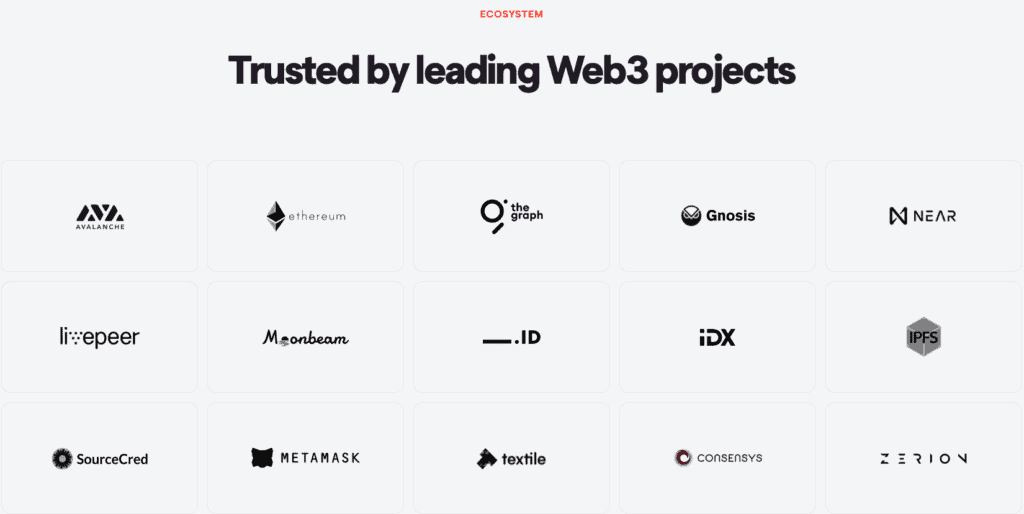
Why do we like it?
- Modular design: Ceramics is modular, which can be easily extended and customized for specific use cases. For example, developers can create modules that add new features or integrations or customize the user interface.
- Open source: Ceramic is an open-source project, meaning anyone can contribute to the platform’s development.
- Streams: Ceramic streamlines the process of creating and sharing content by allowing developers to stream data directly from their application databases. You can use streams to share any information, including text, photos, and videos.
- Decentralized identities: With Ceramic, users can create decentralized identities that they can use across applications. The user manages these identities directly, making sharing information and discovering new content easy.
- Cross-chain compatibility: Ceramic is compatible with multiple blockchain protocols, making it easy to interoperate with other applications. Additionally, Ceramic’s cross-chain compatibility allows sharing of information across different blockchains.
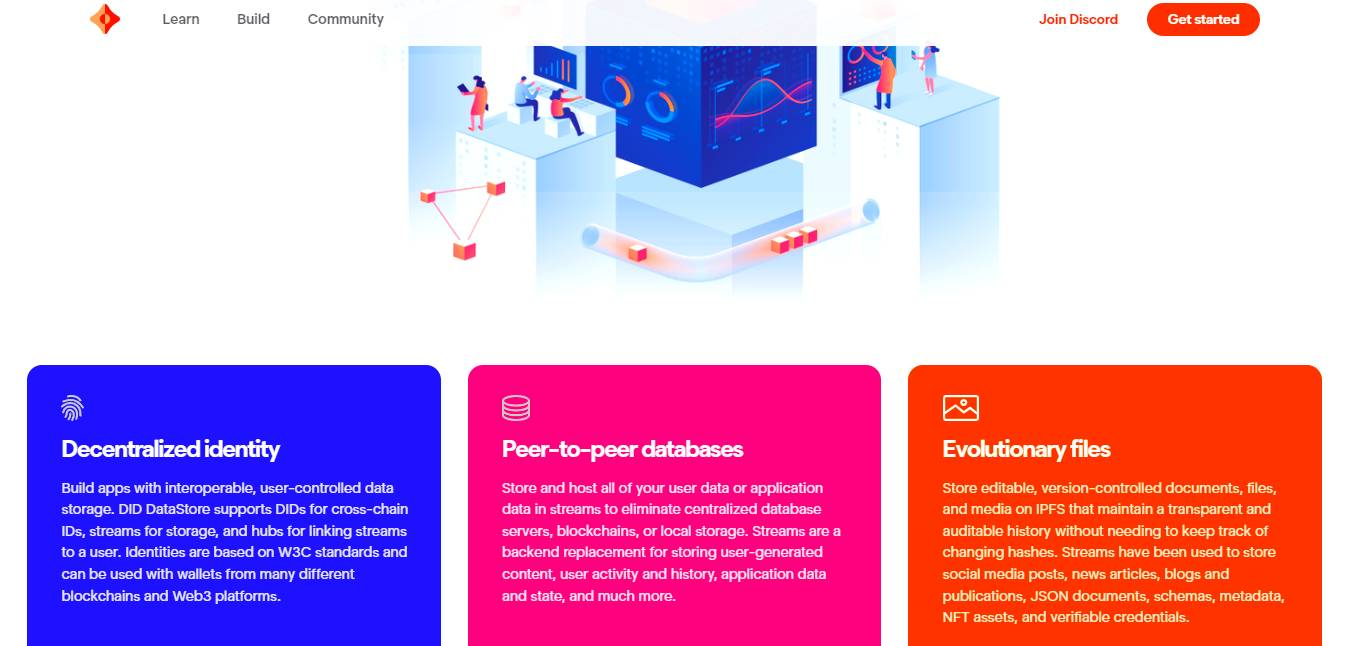
Pros:
- Apps connected can easily share and sync mutable data streams.
- Accessible and immutable data are always up to date.
- Data can be modified and retrieved easily with custom functions.
- Maintaining data sync is simple with Sync & Share.
- The host and deploy feature makes it easy for developers to deploy their apps quickly.
Cons:
- The Ceramic network is still in its early stages, so there is a lack of adoption and community support.
- The platform has yet to be battle-tested, so there is no telling how it will perform once it goes live.
- The team behind the Ceramic network is relatively small, which could pose a problem regarding scalability and sustainability.
Product Updates:
With EthDenver 2022 as their official sponsor, their data applications can be built to a greater extent.
User Experience:
It has an intuitive user interface. Its forum, Discord, Twitter, and many other resources make it convenient for developers to begin using the platform. The documentation is easy to understand and clear. Overall, the experience of using Ceramic Web3 was great!
PARSIQ
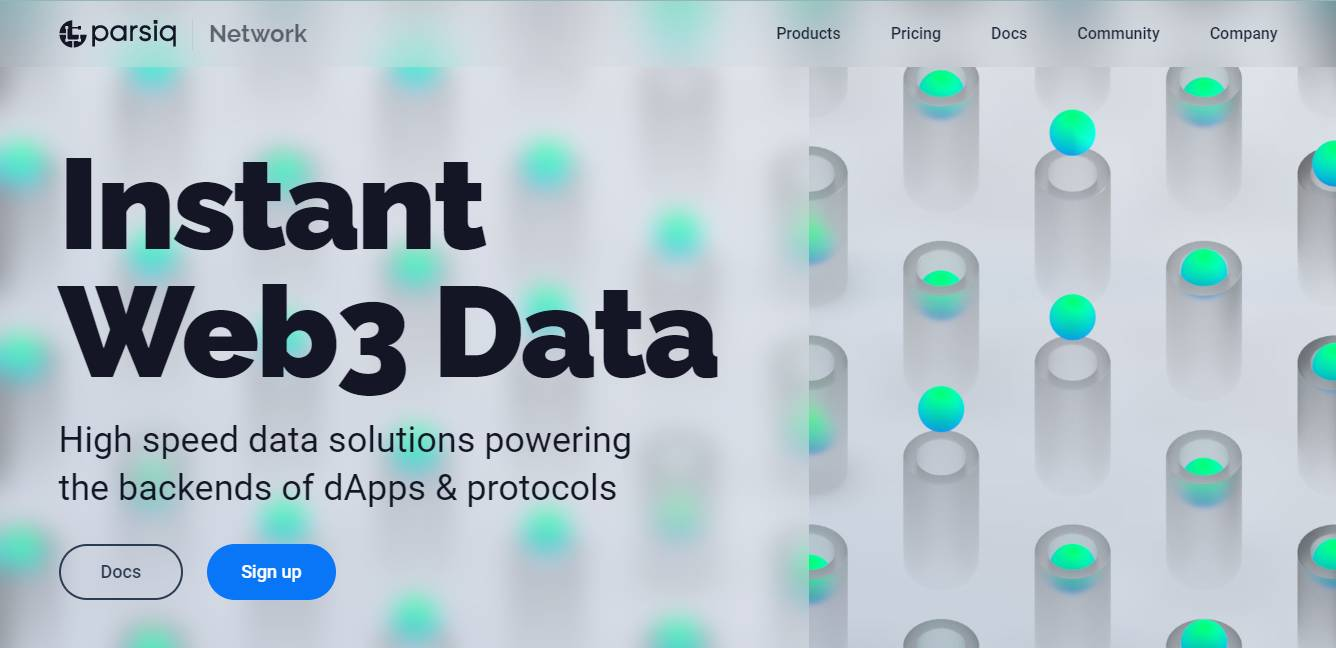
In 2019, PARSIQ launched its platform to make blockchain technology available to a broader audience and to maximize its use in business and crypto. It provides users with real-time updates on the blockchain and informs their decisions in real-time.
PARSIQ also provides developers and users extra security by continuously monitoring wallets and instantly detecting suspicious transactions. Web3 backend technologies and foundational technologies are ParsIQ’s forte. The company aims to deliver unparalleled user experiences through its Web3 dApps and protocols.
To accomplish these goals, PARSIQ is continuously developing its products, including Tsunami API, Data Hub, Data Lakes, SDK, Atlas, Grants, and PARSIQ Hybrid.
PARSIQ now offers a comprehensive set of Web3 development tools. Further, PARSIQ reduces complexity and costs for Web3 applications while providing the best user experience. Several applications currently support the PARSIQ protocol, including Binance, Solana, Polkadot, Chainlink, and Injective.
Why do we like it?
- Smart contract development: The software is based on smart contracts. In self-executing contracts, certain conditions are met before the contract executes. Transacting faster and requiring fewer intermediaries is a benefit of this method.
- Decentralized: The open-source code base can be accessed and modified by anyone. Thus, the project is decentralized, so no one organization or person owns or controls all aspects of it, which would help prevent attackers from shutting the entire network down without shutting down every aspect.
- Integrated with existing platforms: The PARSIQ protocol is integrated with popular Bitcoin and blockchain platforms, allowing widespread adoption.
- Based on time series data: Unlike other blockchains, PARSIQ records all events in a time series database. It allows for easy analysis of past events and enables predictive analytics.
- User-friendly interface: The software is based on an easy-to-use, user-friendly interface, allowing the users to respond positively and quickly to the requests of others.
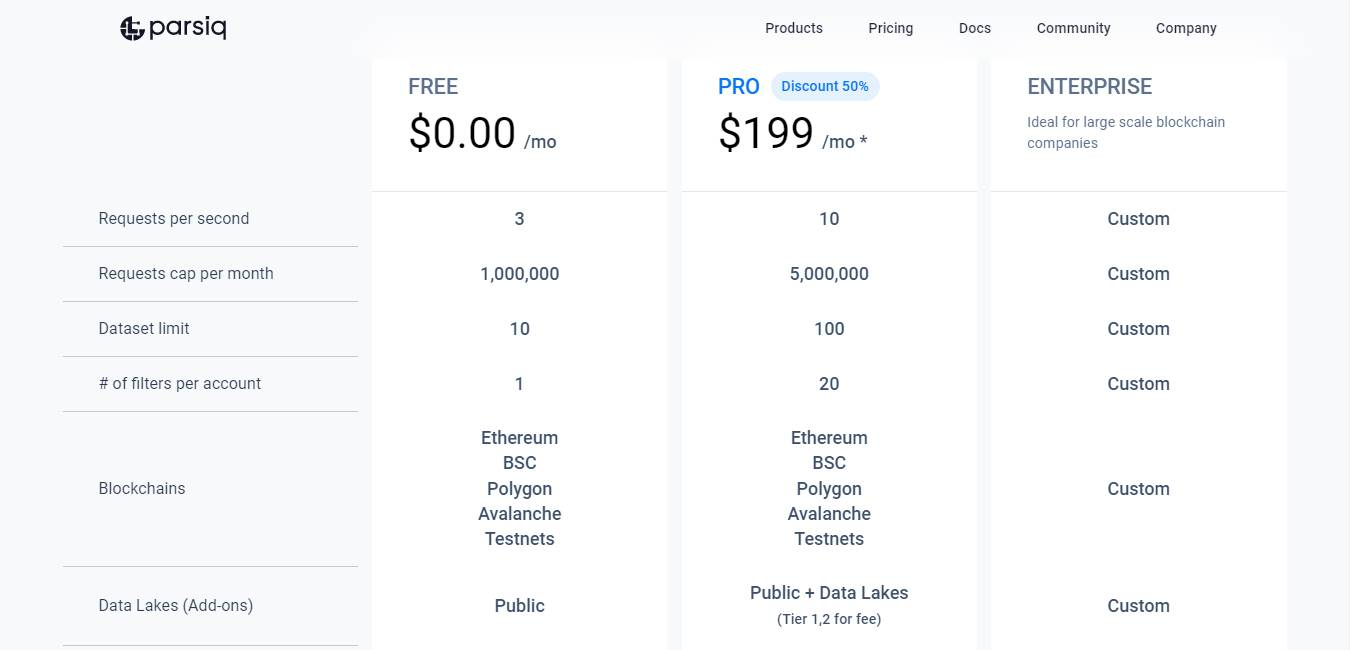
Price:
Free: $0.00 per month
Pro: $199 per month
Enterprise:
Pros:
- The PARSIQ protocol is designed to be very efficient. It can handle a large number of transactions with very low fees. There are no added costs for developers or users.
- It is very user-friendly, which makes it an excellent choice for those who are not tech-savvy.
- PARSIQ has high security due to its continuous monitoring of wallets and transactions.
- PARSIQ uses Web3 technologies, which makes it an excellent choice for developers.
- Transactions on PARSIQ are secure and fast.
- The team behind PARSIQ seems very experienced and dedicated to their project. The project has a strong community and is constantly being updated.
Cons:
- In its early stages, the platform has not been battle-tested.
- The company is yet to prove its long-term sustainability.
Product Updates:
- The platform is constantly improving, so you can use it to create future backend dApps and Web3 protocols.
User Experience:
The user experience of PARSIQ is fantastic. The company has a lot of products that are very user-friendly and easy to use. The company’s products are also well-designed and have an excellent user interface.
The company has a great team of developers who are always ready to help users with any issues. The company’s customer service is also very responsive and helpful. Overall, the company offers a great user experience.
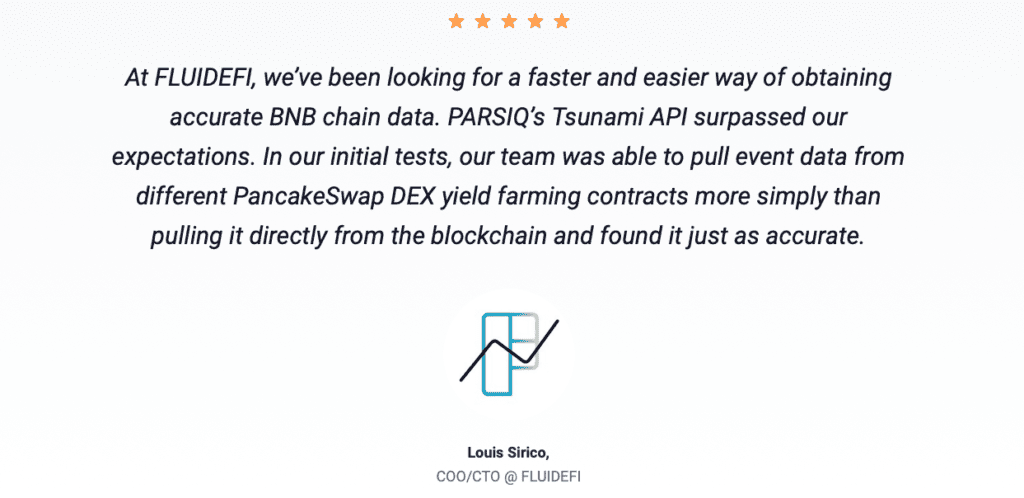
Buildspace
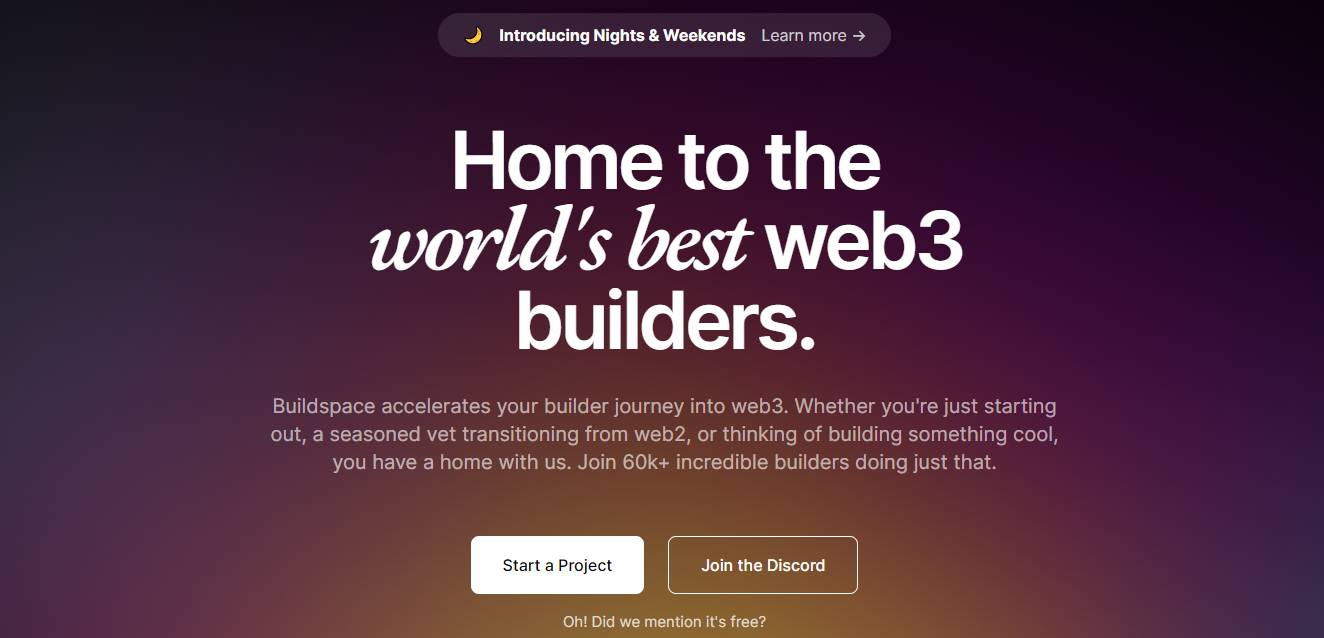
Buildspace is an e-learning platform and community for web3 and crypto developers. The platform offers dozens of weekend projects that are easy to learn, and you can work with a supportive community of builders.
Some of their features are similar to those of StackOverflow. They provide a way for developers to find companies looking for developers. Additionally, a list of Web3 developers of all kinds and a job board for open positions are provided. The platform has already attracted over 60,000 developers.
There are no additional requirements for joining Buildspace. In addition to beginner and advanced courses, the community offers a variety of project-based courses. With each project, you will learn different aspects of web3 by building a specific thing.
If you are familiar with JavaScript and React and can run things in terminals (basic web development), you should be able to work on all Buildspace projects. You won’t have to worry if you don’t since the community will teach you everything you need to know.
In addition to meeting other developers with similar interests, it is a wonderful way to network. There are courses on Buildspace for Solana Pay, Ethereum, NFT, DAO, Polygon, and Solana. Each course ends with a project based on what you’ve learned. Your wallet will contain an NFT that can be viewed on OpenSea after completing the project.
Why do we like it?
- Stackoverflow for Web3 Developers: The community answered over 30,000 questions in the first two years.
- Collaborative Coding Environment: Buildspace is a collaborative coding environment designed specifically for blockchain developers. With Buildspace, you can share code snippets, run code in a sandboxed environment, and search through a library of smart contract examples.
- Token Curated Registry of Blockchain Resources: The Buildspace registry is a curated list of the best blockchain resources on the internet. It includes everything from wallets to dapps and allows developers to find what they need quickly and easily.
- Social Network for Blockchain Developers: The Buildspace social network allows blockchain developers to connect, share resources, and collaborate on projects.
- Course Marketplace: You can find and buy courses on web3 topics such as dapps, smart contracts, and front-end development.
- Maker Space: The space provides resources and support for makers, such as 3D printers, hardware kits, and software development tools.
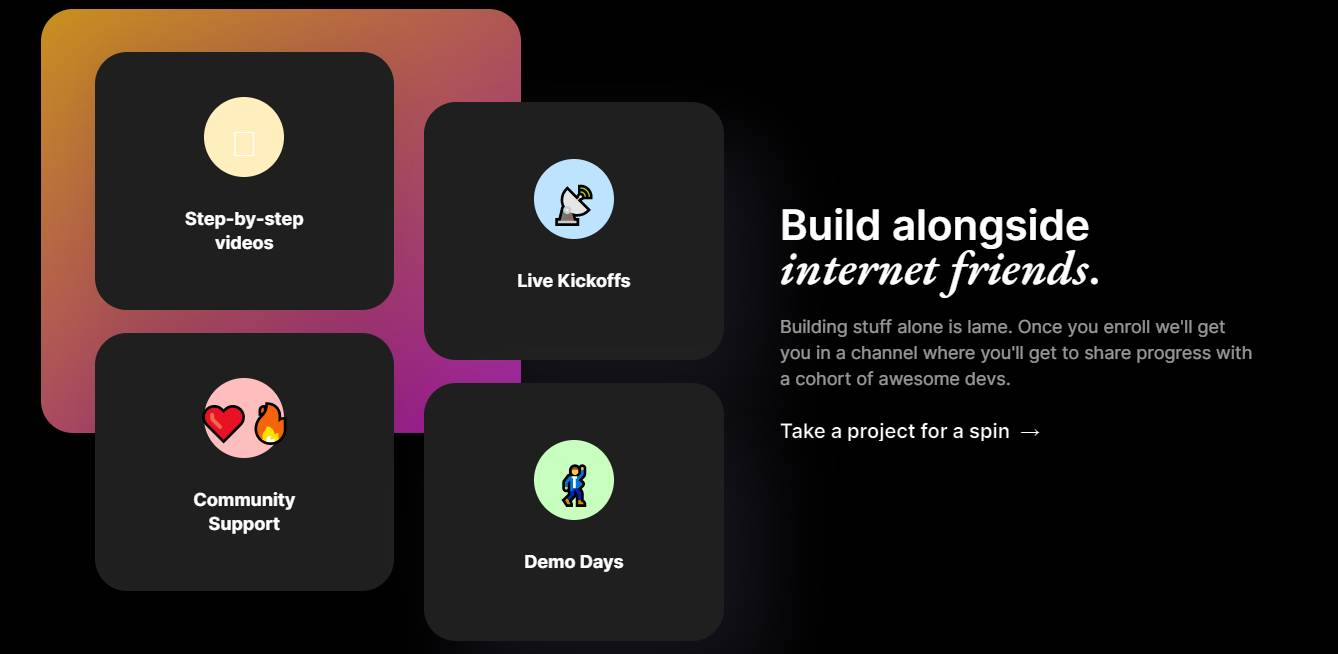
Pros:
- The interface is simple, and the documentation is excellent.
- There are many exciting projects to work on, ranging from simple games to complex smart contracts.
- The community is large and supportive, with people of all levels of expertise.
- The projects are real-world, and you can learn by doing.
- There is a job board with open positions for web3 developers.
- The platform provides access to a network of web3 developers, which can help find collaborators or jobs.
Cons:
- The platform is still in beta, so some courses and features may not be available.
- There is no way to filter projects by difficulty level, so you may have to search through many tasks to find one appropriate for your skill level.
- You can’t ask specific questions outside of the projects.
- Some projects are quite hard to complete and might require a lot of time investment.
Product Updates:
Buildspace courses available for Solana Pay, Ethereum, NFT, DAO, Polygon, and Solana
User Experience:
The user experience on Buildspace is fantastic. The platform is very well designed and easy to navigate. The projects are laid out and easy to follow. Additionally, the community is very supportive and helpful.
Thegraph
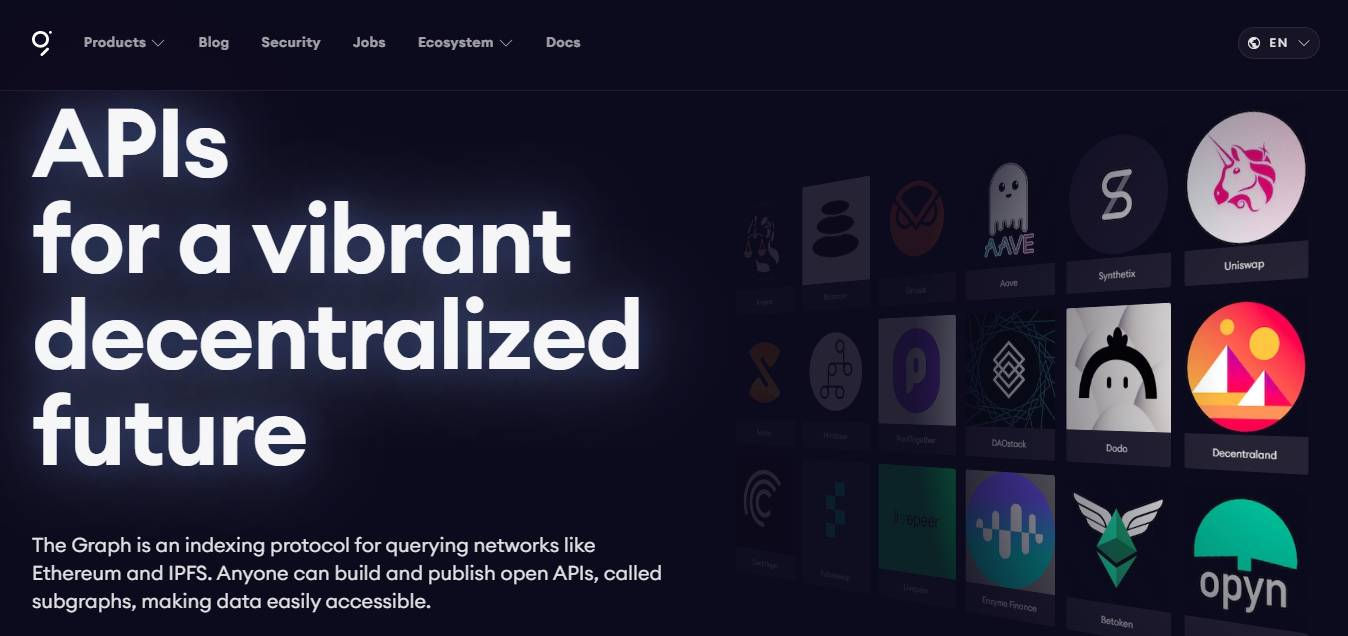
Blockchains are decentralized databases but have no query language, unlike standard ones. It is difficult or impossible to retrieve data. Using TheGraph, you can index and query blockchain data decentralized. GraphQL is the query language used, as you probably guessed.
Graph protocol enables developers to access on-chain data from reputable networks like Ethereum and IPFS. An API (Decentralized App Platform) is a layer of data sorting that sits between a blockchain and a particular dApp.
It is possible to build and publish open-source APIs (subgraphs) in the Graph, adding to the accessibility of valuable data for other developers. A global graph of all public data or information can also be composed by merging or composing subgraphs.
GraphQL allows developers to query that data using just a few keystrokes by transforming, organizing, and sharing it across applications. It is crucial that all data stored on-chain be verified and stored on open networks. As a result, the Graph allows users to query this data fast, securely, and reliably.
It’s easier than you think to access data within an open system or a closed one with the Graph. As a result, the Graph forms an essential link between the blockchain and web 3.0. More than 1 billion searches in June 2020, indicating that people are interested in using the Graph.
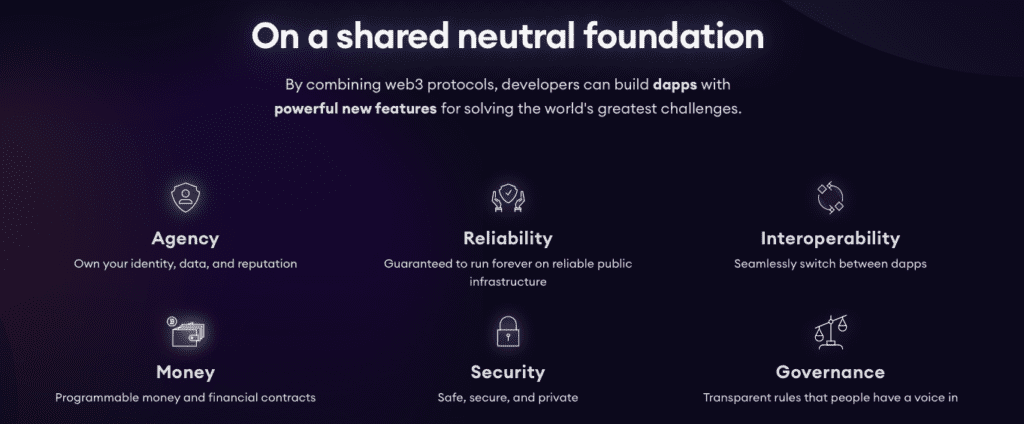
Why do we like it?
- Easy to query data: TheGraph makes it easy to query data on blockchains using GraphQL.
- Data is verified and stored on open networks: The data stored on TheGraph’s decentralized network is verified and stored on open networks.
- Fast, secure, and reliable: TheGraph’s decentralized network is fast, secure, and reliable.
- Supports multiple blockchains: TheGraph supports multiple blockchains, including Ethereum, Bitcoin, and IPFS.
- Easy to build and publish open-source APIs (subgraphs): TheGraph makes it easy to build and publish open-source APIs (subgraphs) that allow developers to query data on blockchains.
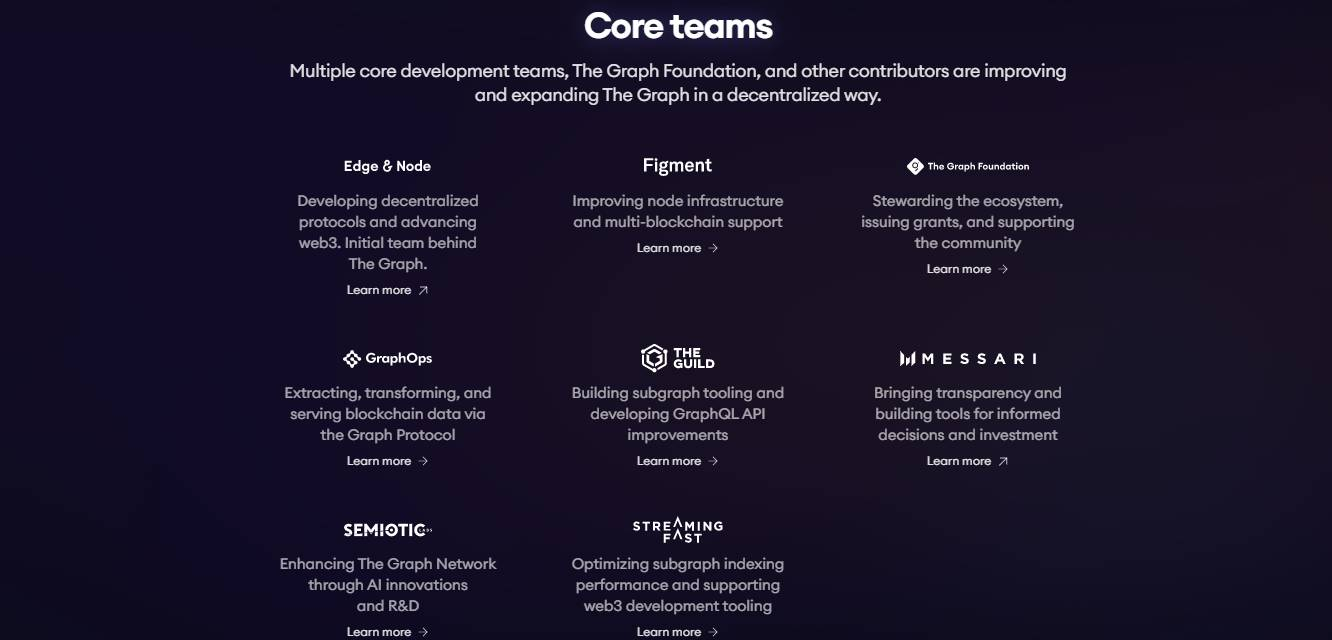
Pros:
- TheGraph is more developer friendly, as it uses GraphQL.
- Increased security as the data is stored on open networks.
- Retrieving data from Ethereum blockchains can take minutes or hours. TheGraph only takes seconds.
- Fast and reliable queries.
- Provides an API layer that sorts data between a blockchain and a dApp.
- It is possible to build and publish open-source APIs (subgraphs) in the Graph, adding to the accessibility of useful data for other developers.
Cons:
- There is no desktop application for TheGraph, so you have to use their website, which can sometimes be a little clunky.
- TheGraph doesn’t support any other blockchains besides Ethereum right now, but they are planning on adding support for other blockchains in the future.
- TheGraph can be a little tricky to set up if you’re unfamiliar with GraphQL or a local server.
Product Updates:
A decentralized blockchain indexing protocol that utilizes the Gnosis Chain has been added to the Graph.
User Experience:
The user experience is fantastic. The search bar works well, and the layout is very straightforward. TheGraph has a wide range of dApps from which you can explore data, and the team is always adding more. Overall, TheGraph is a great way to easily access and query blockchain data.

Thirdweb
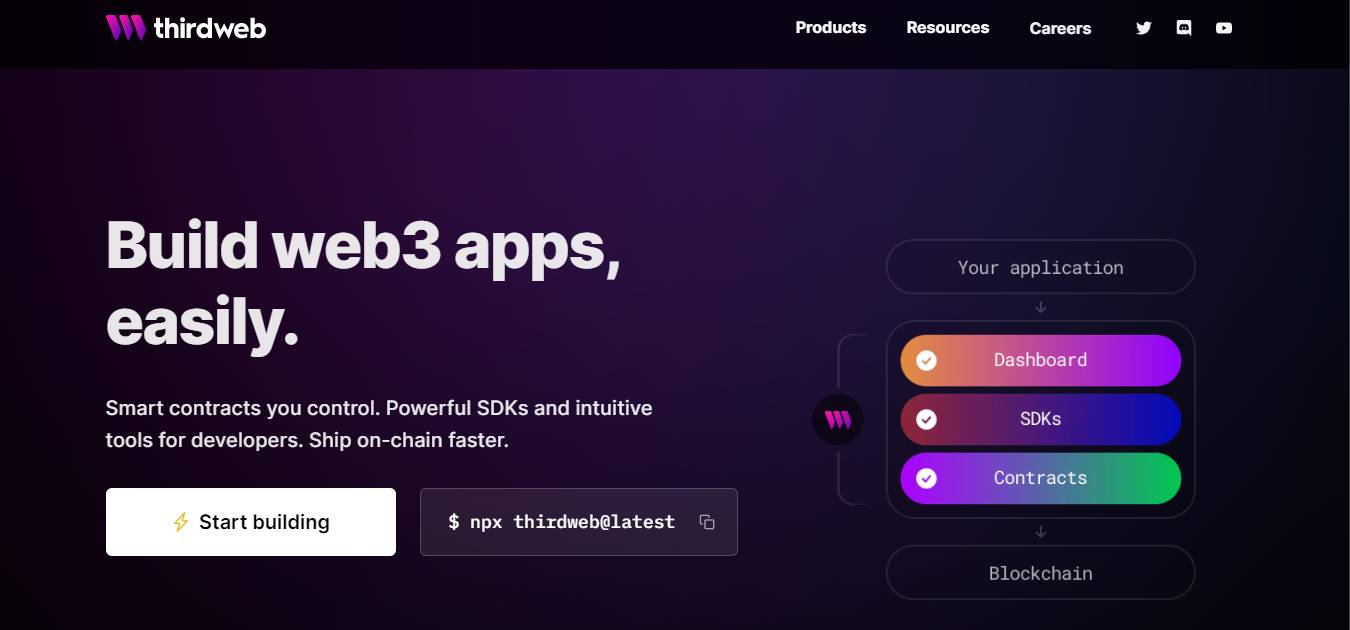
Thirdweb offers you the possibility to earn money for your unused Internet data. Our company is developing a new payment method for your unused Internet data. The Thirdweb app lets you sell unused data if you have more than one SIM card on your phone, and you get paid in Ether (ETH).
It’s a new company called Thirdweb that pays you for unused Internet data. The new payment system we’re developing allows you to get paid for unused Internet data. Thirdweb will enable you to sell unused data from a phone with multiple SIM cards and receive Ether (ETH) payment.
In addition to reducing the hustle and errors associated with smart contract deployment, Thirdweb simplifies the process because it is often repetitive. A revenue-sharing contract, a governance token, or an NFT marketplace can all be created on Thirdweb by less experienced blockchain developers.

Why do we like it?
- No technical skills required: Thirdweb makes it easy to create and deploy smart contracts without any complexity or risks.
- White label: You can create a white-label version of Thirdweb to offer your users the same opportunities to monetize their data.
- Drag and drop editor: With our drag and drop editor, you can create high-quality video courses without technical skills.
- No limits: There are no limits on the number of contracts you can create or the amount of data you can sell.
- Managing your course anywhere: With our mobile app, you can manage your course from anywhere in the world.
- Share your course worldwide: With our built-in sharing functionality, you can share your course with students and instructors worldwide.
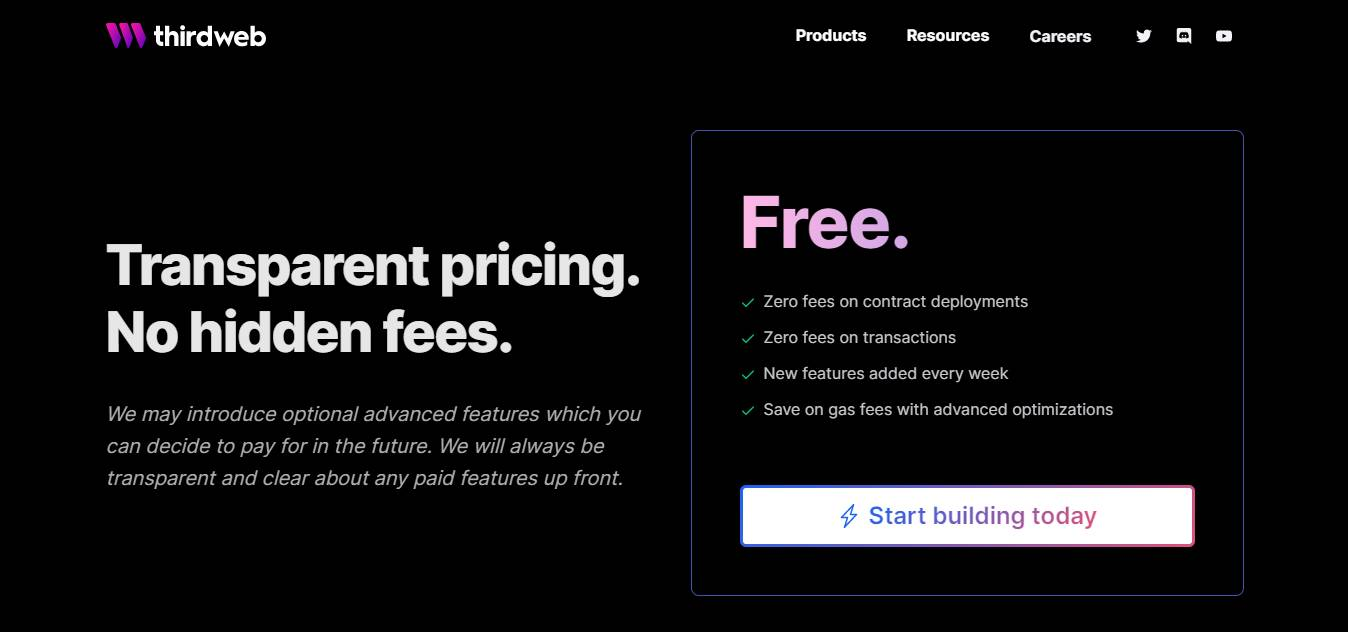
Pros:
- Get extensions for anything from personal wallets to full-fledged decentralized exchanges.
- A robust SDK and dashboard make it easy to deploy and manage your app.
- Create a variety of Web3 applications using pre-built contracts.
- Open APIs make it easy to integrate with the web, mobile, backend, games, etc.
- In addition to controlling user permissions, dashboards also help control contract interactions.
Cons:
- The process of selling your unused Internet data can be a bit complicated.
- The company is still new, and there is not much information about it yet.
- If you’re not using your data, you might as well not have it.
- You’ll need to have multiple SIM cards to be able to use this app.
- It is unclear what value Thirdweb offers users that other similar platforms do not.
Product Updates:
The thirdweb, which builds NFT and Web3 applications, announced in August 2022 that it had raised $24 million in Series A funding, worth $160 million (US).
User Experience:
The user experience of Thirdweb is easy and rewarding. The app is straightforward, and the process of selling your unused data is simple. You’re paid in Ether (ETH), and you can withdraw your earnings anytime.
Thirdweb is a great way to earn extra money by simply using your phone as you usually would. No need to change your usage habits or take on any additional risk. Thirdweb is safe, secure, and easy to use.
Questbook

The Questbook platform is perfect for those who want to develop Web3 applications quickly. You can quickly and easily launch your app with Questbook, a platform built for speed and ease of use. In addition to being free, learning is always available to those just starting with Web3 development.
It’s an app you can use to create, share, and play quests with your friends. Using the community as a resource, Questbook is a social game for solving problems.
The questbook is created by the players by selecting a quest name and inviting other players to join. Those players who accept or decline the invitation will receive a notification when they accept or decline the invitation to participate in the quest.
Players can only complete active quests at the same time. Players can join quests at any time. Individuals who join a quest can see all the active quests available. The player can decline a quest if they don’t wish to participate and will not receive invitations from the other players creating it.
On the way, you can earn crypto and NFTs. Questbook offers NEAR Protocol, Solana, Ethereum, and Polygon tracks, one of the most comprehensive Decentralized App Learning Platforms.
Why do we like it?
- Social questing: Questbook aims to make social quests easy to create, moderate and distribute. The goal is to create a more enjoyable experience for everyone involved in the quest and improve the quality of quests by helping them reach their goal faster and more efficiently.
- Comprehensive decentralized app learning platform: Questbook offers a comprehensive and decentralized app learning platform. The aim is to make it easy for developers to learn and use blockchain technology in their app development process.
- User-friendly interface: Questbook’s user-friendly interface makes it easy for users to interact with the platform. The interface is designed to be user-friendly and intuitive, making it easy for even those who are not familiar with blockchain technology to use the platform.
- Efficient quest management: Questbook’s efficient quest management system helps ensure that quests are completed on time and that all stakeholders are kept up-to-date on the status of the quest.
- Multiple tracks (Ethereum, NEAR Protocol, Solana, Polygon): Questbook supports multiple blockchain tracks. It allows developers to choose the best blockchain platform for their app development needs.
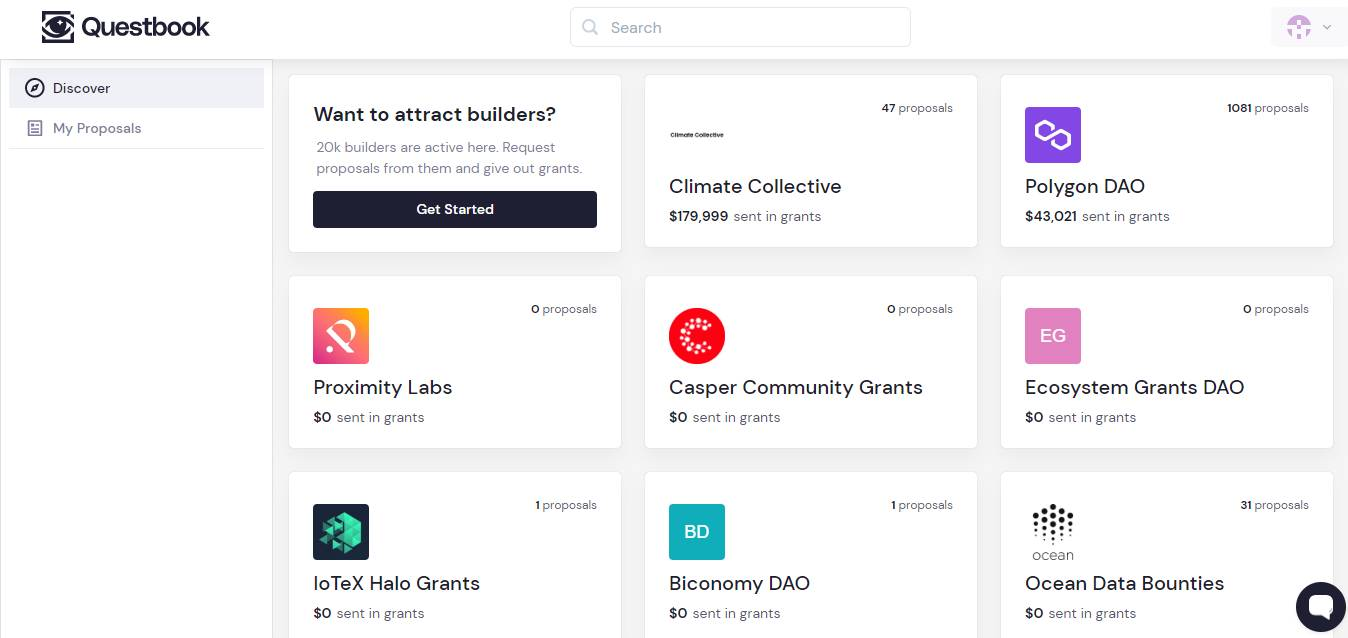
Pros:
- You can get help with school assignments, essay writing, and other forms of creative writing with Questbook.
- It is easy to use the site. The experts can give you feedback on your papers after you create an account and upload them.
- Papers can be submitted directly on the site without sending an email or filling out forms.
- The student also has the option of uploading a video or audio file.
Cons:
- There is no customer support.
- The platform is still in development, so some features are still missing.
- Some of the quests are difficult to solve, so you may need to ask for help from the community.
Product Updates:
Questbook is compatible with all the top Web3 ecosystems. Questbook is used by Polygon, Aave, Solana, Celo, and many others to attract builders.
User Experience:
The user interface of Questbook is very sleek and modern. It is easy to navigate, and the colors are pleasing to the eye. The icons are also very intuitive and easy to understand. Overall, the Questbook experience is positive and enjoyable.
Superfluid
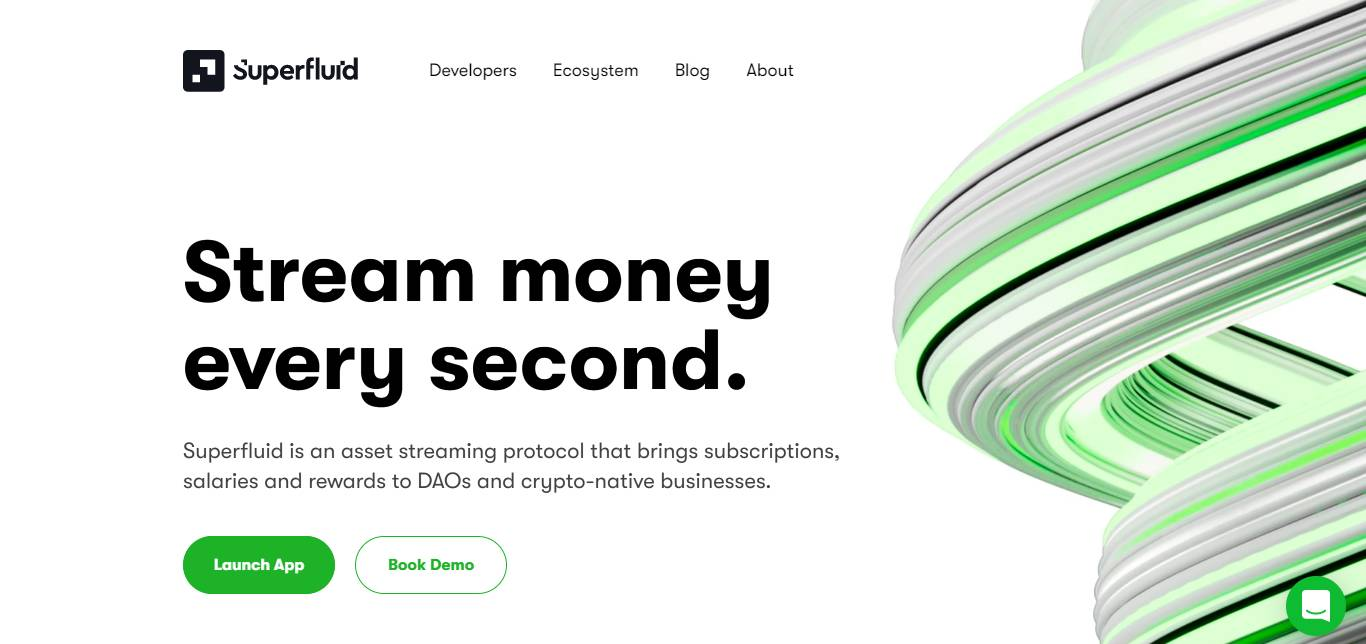
The Superfluid protocol enables crypto-native businesses and DAOs to receive subscriptions, salaries, and rewards. A non-interactive method of representing cash flows can be employed to execute them automatically on-chain over time. A superfluid stream is programmable, modular, and composable.
To facilitate a thriving ecosystem of Web3 applications, Superfluid has created a new economic primitive – asset streaming by the second – that expands and exceeds what was previously possible in Web2.
Capital would flow frictionlessly across the global economy due to a network of asset-streaming applications, enhancing business and individual productivity.
In the real-time streaming of assets, ongoing subscriptions make a great use case. Internet economies are driven by SaaS models, where service providers charge monthly fees to use credit cards.
Recent years have seen ICOs, speculative investing, Defi, and NFTs dominate the crypto space. However, a Cambrian explosion occurs with Web3 businesses offering value-added services and handling all crypto rails transactions.
A company’s revenue stream that cannot rely on token appreciation or other revenue models is essential. Streaming payments infrastructure must be powerful, decentralized, and decentralized for crypto-native businesses and individuals to benefit.
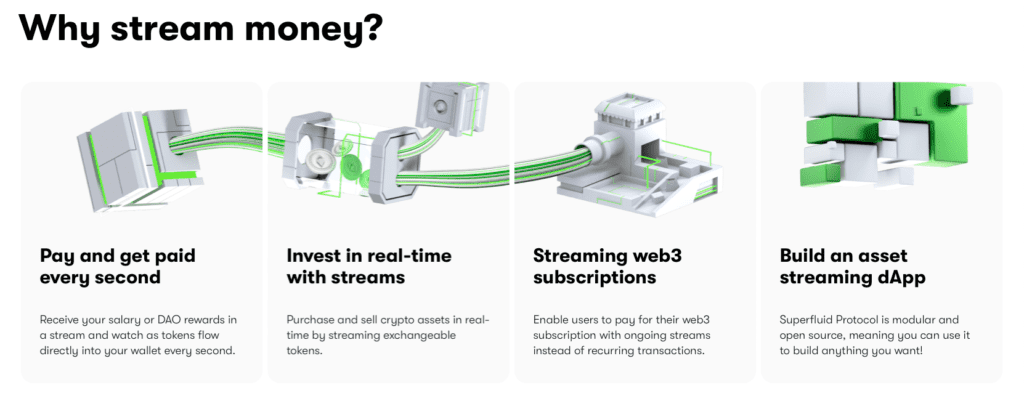
Why do we like it?
- User control: Users can subscribe and unsubscribe to services with a button without giving away their card details.
- Real-time: Services are charged by the second, so users only pay for their use.
- Private and secure: All payments are made through Superfluid, so service providers never have access to a user’s card details.
- Global: Superfluid works with any currency so that users can pay for services in their local currency.
- Non-interactive protocol: eliminates the need for a third party to manage the subscription
- On-chain: programmable, modular, and composable cash flows executed automatically over time.
- No need for centralized intermediaries: Superfluid uses the Ethereum blockchain to facilitate fast, decentralized payments between sender and receiver. It eliminates the need for expensive intermediaries, slowing transactions and adding costs.
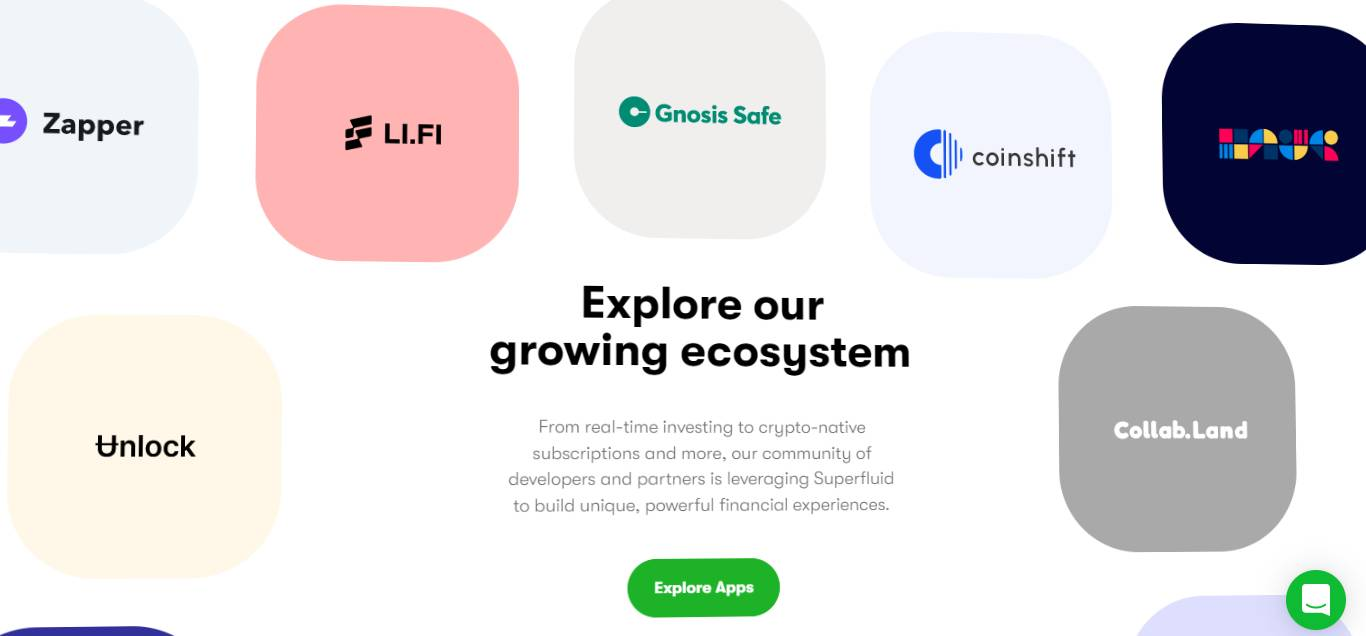
Pros:
- Superfluid allows for the frictionless flow of capital across the global economy, which enhances business and individual productivity.
- It is a new economic primitive that expands and exceeds what was previously possible in Web2.
- It facilitates a thriving ecosystem of Web3 applications.
- Wallets cannot be accessed by anyone other than the user.
- Card details are never shared, preventing fraud completely.
Cons:
- Not much information is available about the project as it is still in development.
- Only available to users who have a cryptocurrency wallet and are familiar with its use.
- Since each transaction is processed on the blockchain, there can be high fees associated with using Superfluid.
Product Updates:
Developing real-time finance infrastructure
User Experience
The user experience of Superfluid is designed to be simple and intuitive. The protocol can create and manage stream subscriptions, salaries, and rewards in a DAO or crypto-native business.
The first cash flow types allow constant streams of value and one-to-many distributions. No capital is locked up, and all inflows and outflows are netted in real-time, drastically increasing capital efficiency. Overall, great experience.
FAQ:

What Are the Benefits of Web3 platforms?
Blockchain data is secure since it is stored on a decentralized network. In addition, dApps can benefit from the immutability and security provided by the Web3 network.
Web3 platforms also make it easy for developers to build dApps. In addition to providing tools for querying blockchain data, these platforms offer a framework for testing apps before they are deployed on the main network.
Blockchain developers have access secret work opportunities. Another key benefit of building decentralized web applications with programming language knowledge is that software developers understand the web development process.
The languages used to develop these applications include Javascript, Solidity, Python, and Java, so Web3 developers are required to have a variety of skills. Learn more about becoming a web3 programer with one of these online schools.
Additionally, these languages allow you to specialize in a variety of fields. The mentioned languages, for example, have several libraries you can use to interact with Ethereum, such as ethers.js.
Several plugins integrate Web3 with various applications, including MetaMask and Mist. Hardhat’s Web3 module is included in the hardhat plugin. Web3-react has become popular for React developers, while web3-vue has become popular for Vue.js developers.
A tool such as GitHub can also be helpful to developers when it comes to finding and contributing to open-source projects. Participating in this course is a great way to learn about Web3 platforms and get involved in Web3 development.
As other platforms become more involved in Web3 development, Web3 has another benefit. It has traditionally been used only by cryptocurrency platforms to buy, sell, and trade.
The Coinbase Wallet API is one of the first APIs for blockchain app development offered by one of the world’s leading cryptocurrency exchanges.
What to Look for in a Web3 Developer Platform
You can develop blockchain applications in several ways. The Ethereum network provides numerous development platforms for building decentralized applications (dApps) and smart contract development.
In addition, developers will be able to determine which of the leading Ethereum software companies is the best option for their project. Consider these top features when choosing a product.
Ease of use
A blockchain platform should be easy to use, so developers can focus on developing applications rather than the infrastructure. It is ideal for developers to use a Dapp development platform that requires little to no configuration since this makes it easier to start developing a Dapp quickly. Additionally, tutorials and training are essential for developers to get started.
A platform that easily supports cryptocurrency payments allows developers to make international payments conveniently and securely.
Scalability
Every Web3 development platform needs a scalable backend infrastructure. There will be a wide variety of use cases for the different applications, which is why a platform must be capable of supporting various users.
The Web3 development platform offers developers the ability to create applications that scale as users adopt them because its front end is highly responsive and easy to use, as well as its back end, which can handle large amounts of data.
Flexibility
Technologies and frameworks are constantly evolving in the field of web development. A robust open-source platform that supports many programming languages is essential for developers to utilize the latest technologies.
You can use a collection of libraries to interact with Ethereum nodes locally and remotely with Web3.js. The development community has a high degree of flexibility in selecting the libraries that are best suited to their needs.
Security
There is no doubt that Ethereum’s blockchain platform is secure and immutable. Nevertheless, applications built on top of it aren’t necessarily inherently secure. Security must therefore be taken seriously, and the team must strive to make it safer daily.
Reliability
Applications that rely on smart contracts can experience issues if they take time to propagate on blockchain networks. A decentralized web company’s toolset must include full-stack DApps to achieve its business goals.
There are no compatibility issues because many developers can work on the same project simultaneously. Smart contracts are part of defi applications, leading to a rise in gas prices and a slowdown in transaction speeds.
To preserve the reliability of Web3 applications, developers should be aware of these issues and have access to a platform that can address them.
Conclusion
In conclusion, there are a variety of great web3 development software options available. Some of the best include Alchemy, Odyssey, PARSIQ, and Infura.
Each has its own strengths and weaknesses, but all are great options for developing decentralized applications. Pick one and get to work on the next Web3 development project.

Aaron is an educational specialist focusing on jobs that can be performed outside of the standard office and anywhere in the world. Aaron has worked in the Real Estate industry most of his adult life in both commercial and residential. Financial Nomads was created to bring forward the best online educational courses and software reviews to help people live better lives. https://financialnomads.com
More reviews you might like
15 Best Webinar Software Platforms for Reliability Ranked and Reviewed
11 Best HR Software Solutions for Your Business in 2023
13 Best Explainer Video Software Reviewed
10 Best Sales Funnel Software Tools to Drive More Sales
11 Best Social Media Management Tools Reviewed

